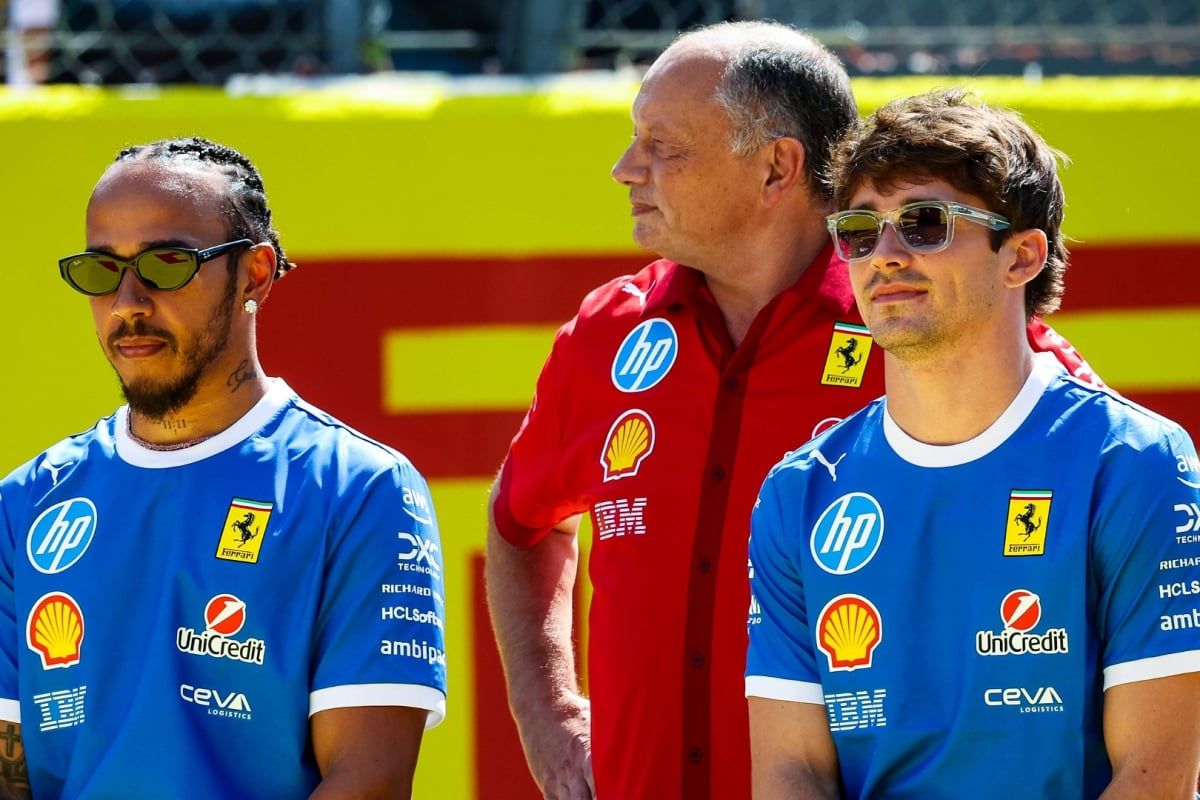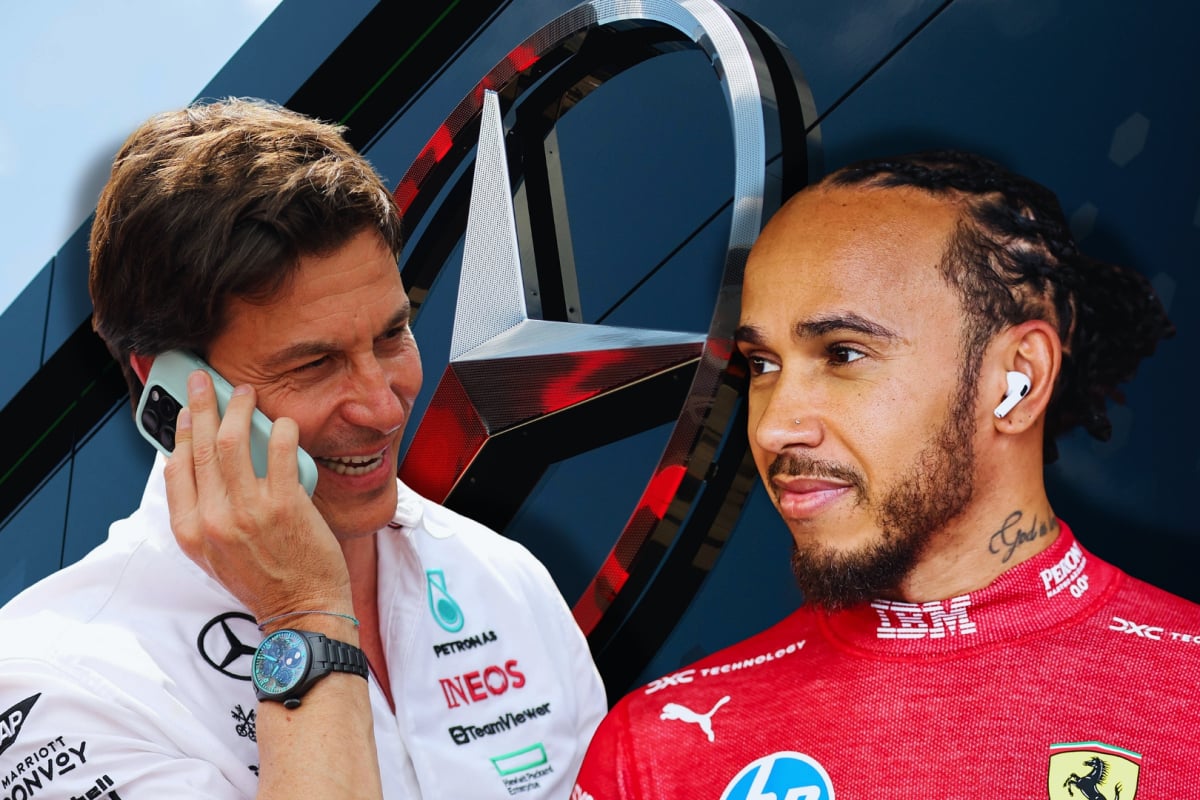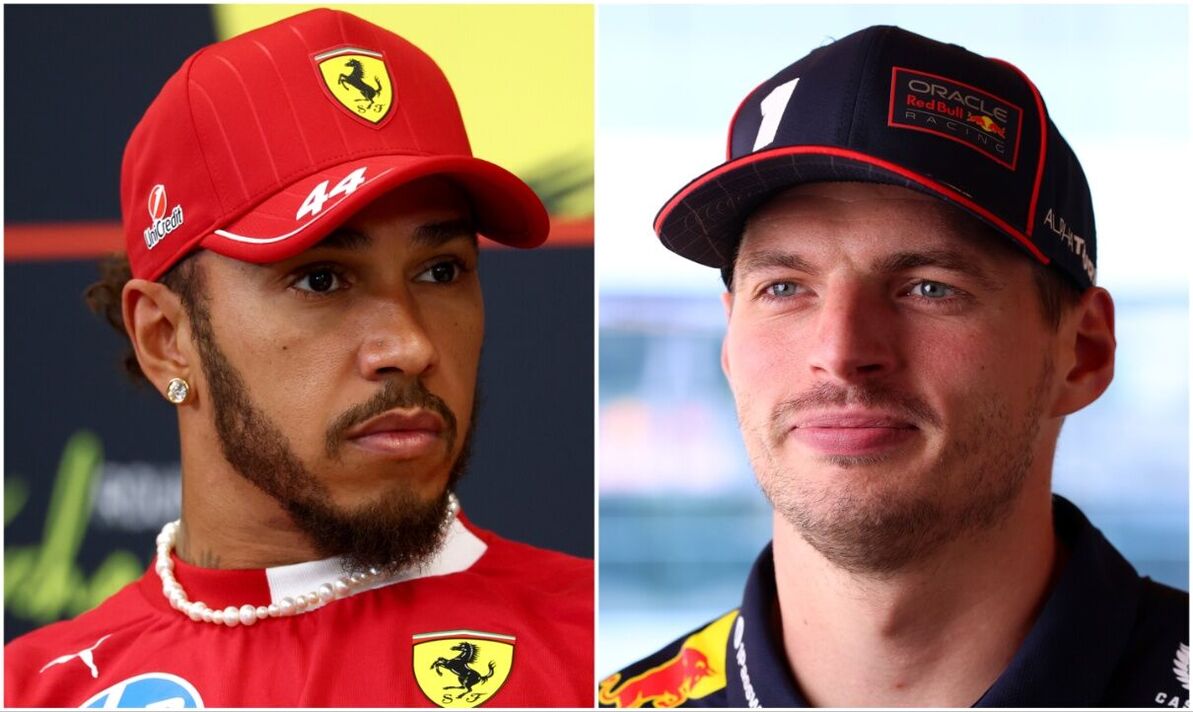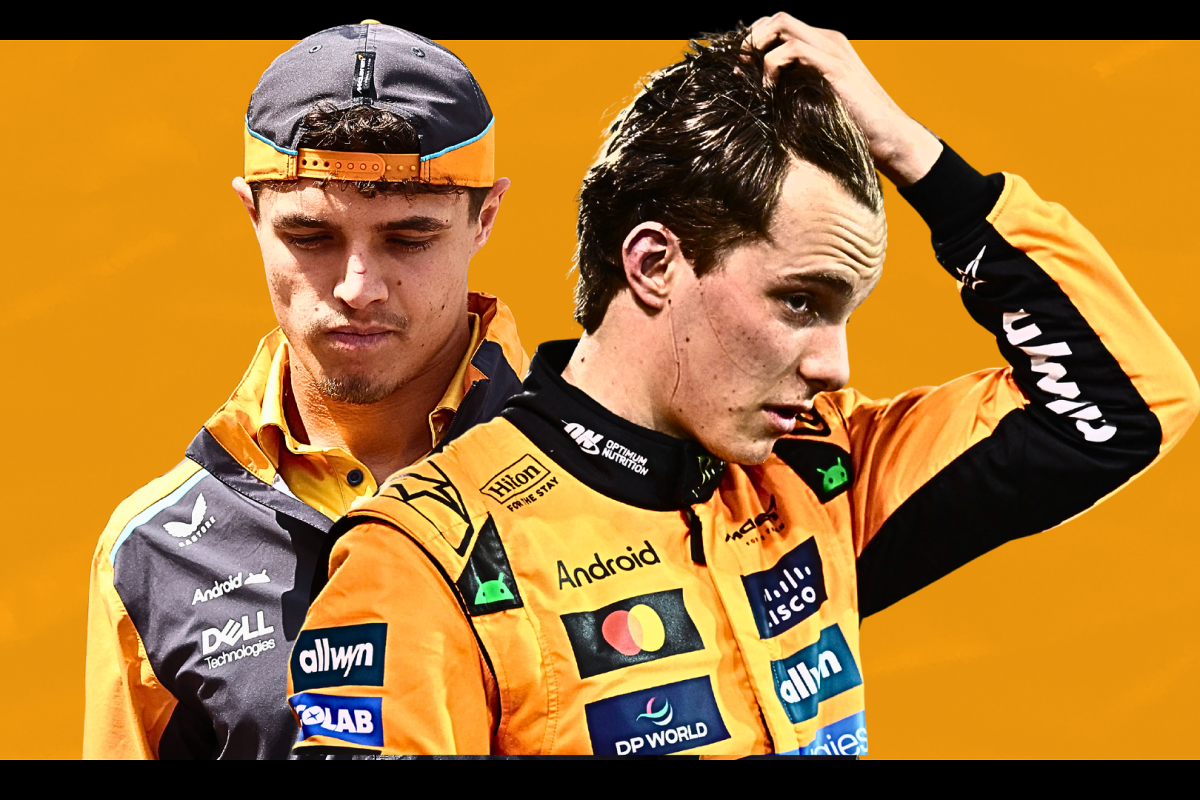Lewis Hamilton has been left unimpressed by the early signs at Ferrari, raising co…read more
The air hung thick with the scent of disappointment and high-octane fuel in the Ferrari garage. Lewis Hamilton, a seven-time world champion accustomed to the roar of victory, found himself once again staring at a position outside the top three. The Canadian Grand Prix, a race he’d conquered multiple times in his illustrious Mercedes career, had yielded another frustrating result in his new scarlet livery. The podium, a familiar and comforting landscape, felt distant and unattainable. His face, usually radiating confidence and charisma, bore the etched lines of profound dissatisfaction. This wasn’t just another race; it was a stark, unsettling reminder of the chasm between expectation and reality since his high-profile move from Mercedes to Ferrari.
The whispers had started even before the season’s commencement. Hamilton’s arrival at Ferrari was heralded as a seismic shift in the balance of power in Formula 1. The pairing of a driver of his caliber with the passionate, history-laden Italian team promised a thrilling spectacle, a potent combination capable of re-igniting the Scuderia’s dormant championship flame. Instead, the reality had been a sobering adjustment for the British driver. While the raw speed of the Ferrari was undeniable at times, flashing glimpses of brilliance in qualifying, the car’s overall package remained stubbornly inconsistent, plagued by unpredictable handling and frustrating reliability issues.
The Canadian Grand Prix was a microcosm of his season thus far. While Hamilton qualified competitively, the race itself was a struggle. He battled tire degradation, a persistent problem throughout the year, forcing him to manage his pace conservatively, a strategy that ultimately prevented him from challenging the frontrunners. The post-race interviews were subdued, a far cry from the jubilant celebrations he’d become accustomed to. His answers were measured, carefully chosen words masking the simmering frustration beneath. He spoke of the team’s ongoing efforts, acknowledging their dedication but subtly hinting at the magnitude of the task ahead. The underlying message was clear: there was a significant gap between Ferrari’s current performance and the championship-winning standard he expected.
His dissatisfaction, however, extended far beyond the race track. Hamilton, a driver known for his meticulous preparation and attention to detail, had reportedly expressed concern about aspects of Ferrari’s internal operations. While the specifics remain shrouded in the confidentiality expected within a top-tier Formula 1 team, sources close to the situation suggest that Hamilton has encountered operational inefficiencies and a lack of the seamless integration he experienced during his tenure at Mercedes. The level of precision and synergy within the Mercedes factory, a finely-tuned machine honed over years of relentless pursuit of perfection, seemed to be absent in the Ferrari environment. The transition hasn’t been a smooth one, and the contrast between the two operations has apparently been jarring.
The whispers about internal friction aren’t simply speculation. Hamilton’s renowned work ethic and demanding standards, forged in the crucible of intense competition, are legendary. He’s known for his ability to dissect every facet of a car’s performance, providing invaluable feedback to his engineers. But the success of that feedback hinges on a collaborative environment where ideas are freely exchanged and acted upon efficiently. If the channels of communication are clogged, or if his insights aren’t promptly incorporated into the car’s development, frustration is bound to fester.
Reports suggest that Hamilton’s expectations weren’t merely met with resistance, but perhaps even a degree of skepticism. The Ferrari team, steeped in its own traditions and methodologies, might not have fully embraced the radical changes a driver of Hamilton’s stature might bring. The clash of cultures, the subtle friction between established norms and a revolutionary approach, represents a potential source of the difficulties Hamilton is facing. He’s not just driving a car; he’s attempting to integrate himself into a deeply ingrained system, a system that may need substantial recalibration to accommodate his precise demands.
The question remains: can Ferrari adapt? Can they bridge the gap between their existing infrastructure and Hamilton’s exacting standards? The success of this pairing hinges on the ability of both parties to compromise, to learn from each other, and to find a common ground where innovation thrives. The Canadian Grand Prix serves as a stark reminder of the magnitude of the challenge. For Hamilton, the frustration is palpable, the disappointment visible. His legacy is built on victory, and his current reality is a significant departure from that illustrious past. The journey to reclaim his winning form at Ferrari is a long and arduous one, fraught with obstacles, but only time will tell if this formidable partnership can overcome the significant hurdles that lie ahead. The future of the Scuderia and Hamilton’s own legacy may well depend on the answer.




